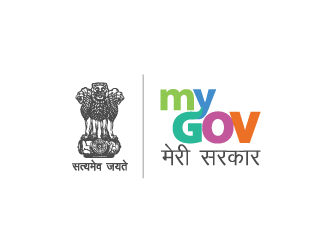Mega Menu
About us
Loans For MSMEs
Institutional Finance
Government Programmes
Corporate Governance
Impact Initiatives
Knowledge Products
Investor Relations
Work with us
Ecosystem
MSME Pulse
The Need Of MSME PULSE
MSME Pulse – Special Edition – Highlights
- The MSME Pulse Special Edition Report, June 2025 provides a comprehensive analysis of the transformation in the MSME credit landscape over the last five years, FY20- FY25.
- The commercial credit portfolio (exposure < ₹50 crore) has grown at compounded annual growth rate (CAGR) of 13%, reaching ₹ 35.2 lakh crore as of Mar ‘25. During the last 5 years, the number of credit active entities surged by 65%.
- The borrower segment with aggregate credit exposure ₹1–10 crore has emerged as the backbone of commercial credit, accounting for 42% of the outstanding portfolio balances as of Mar’25 and growing at a 14% CAGR over the past five years.
- Entities in borrower segment with aggregate credit exposure below ₹1 crore witnessed credit supply growth from ₹1.4 lakh crore to ₹2.5 lakh crore from FY ‘20 to FY ’25. This segment also onboarded 13.2 lakh new-to-credit (NTC) entities in FY ‘25 representing 55% of all originations.
- As of Mar ’25, overall balance-level delinquencies - defined as accounts 90 to 720 DPD or classified as ‘sub-standard’ - dropped to a 5-Year low of 1.8%, which is less than half the pre-pandemic level of 3.9% recorded in Mar ’20. However, there has been a rising trend in such delinquencies in the below ₹1 crore category to 3.1% in Mar’25 from 2.9% in Mar’24.
Fill in the form below to receive the product through your Email Id
Copyright © 2025 Small Industries Development Bank of India (SIDBI). All rights reserved
Last Updated: 09-12-2025

















